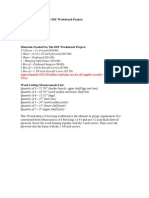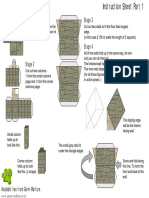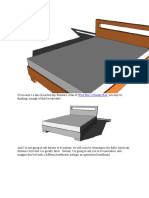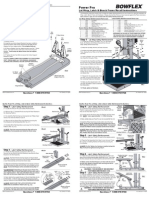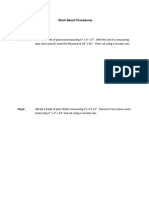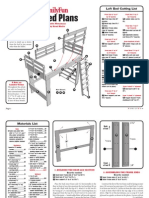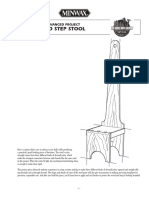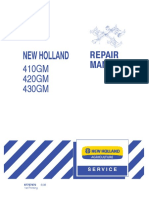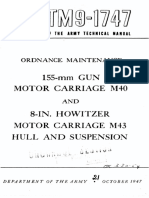0% found this document useful (0 votes)
2K views10 pagesSpanking Bench Part 1 of 2
This document provides a detailed guide on building a Spanking Bench, including necessary tools, materials, and step-by-step instructions. It emphasizes safety and responsible use, while also listing materials sourced from various retailers at an approximate cost of $200. The construction process involves using specific woodworking techniques and tools, with diagrams and photographs to assist in the assembly.
Uploaded by
8968mrn4nwCopyright
© © All Rights Reserved
We take content rights seriously. If you suspect this is your content, claim it here.
Available Formats
Download as PDF, TXT or read online on Scribd
0% found this document useful (0 votes)
2K views10 pagesSpanking Bench Part 1 of 2
This document provides a detailed guide on building a Spanking Bench, including necessary tools, materials, and step-by-step instructions. It emphasizes safety and responsible use, while also listing materials sourced from various retailers at an approximate cost of $200. The construction process involves using specific woodworking techniques and tools, with diagrams and photographs to assist in the assembly.
Uploaded by
8968mrn4nwCopyright
© © All Rights Reserved
We take content rights seriously. If you suspect this is your content, claim it here.
Available Formats
Download as PDF, TXT or read online on Scribd
/ 10

